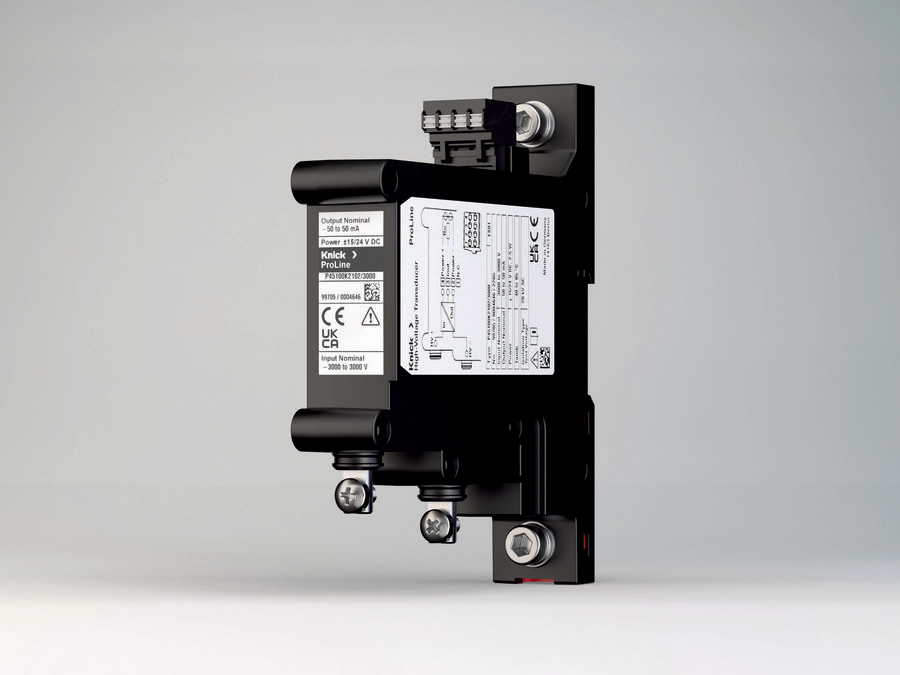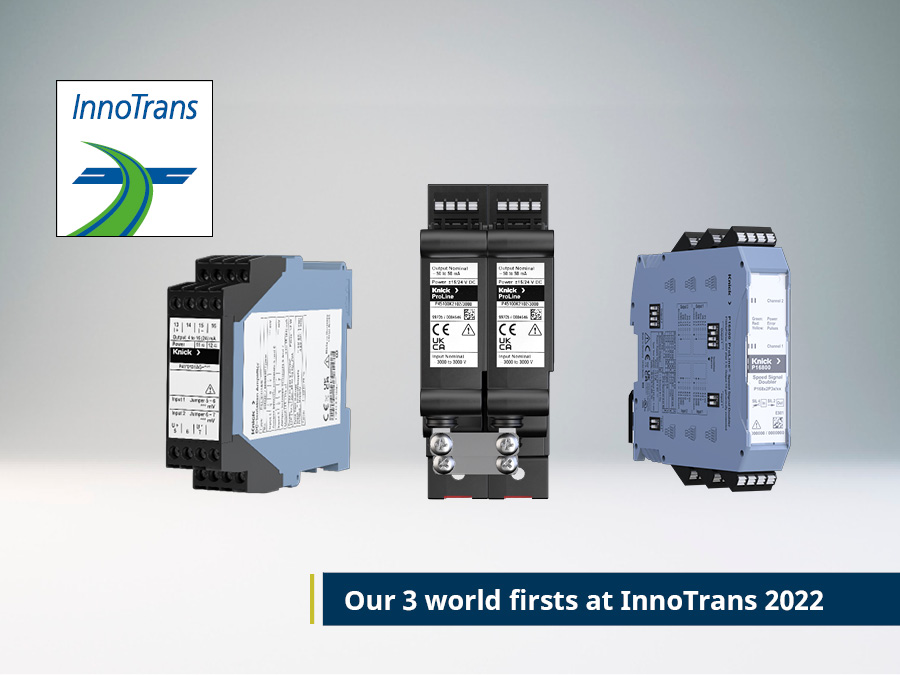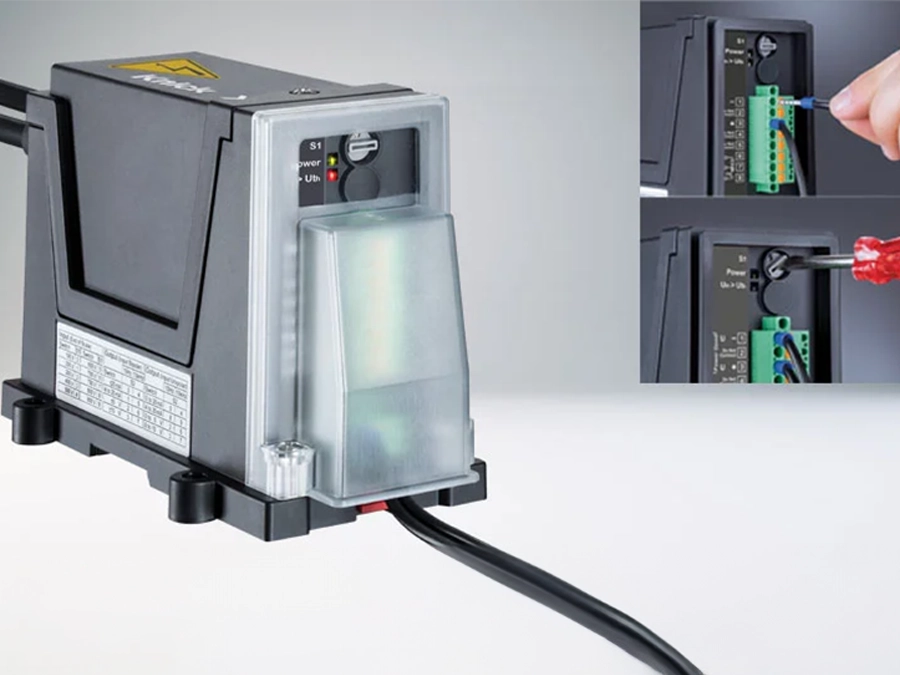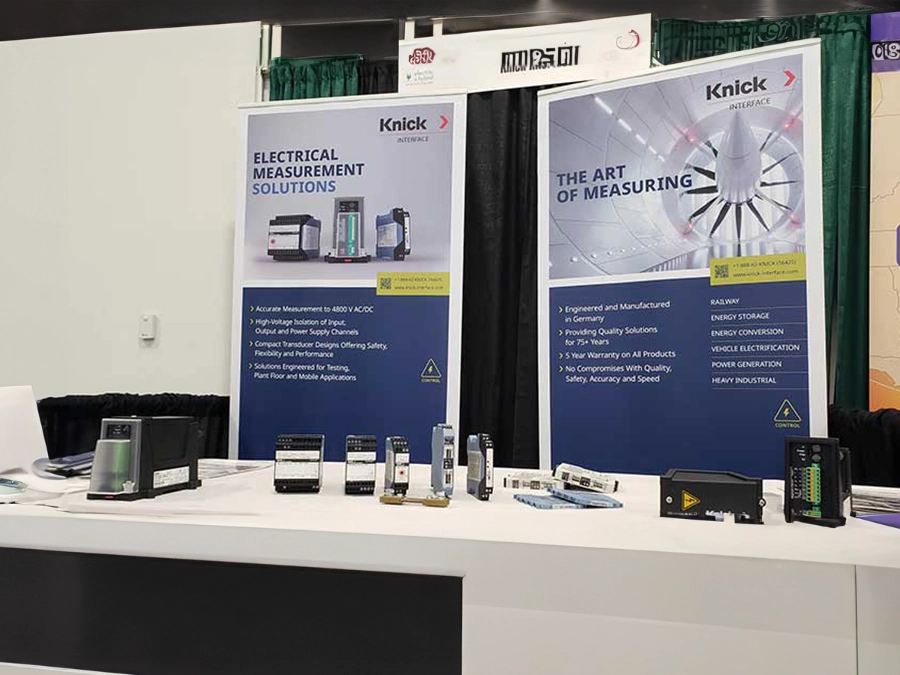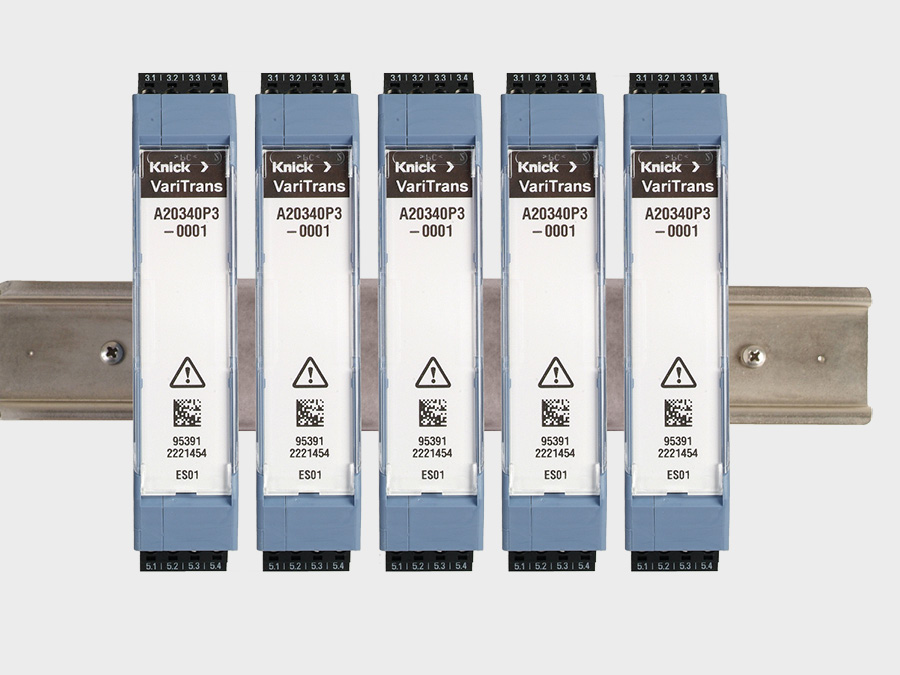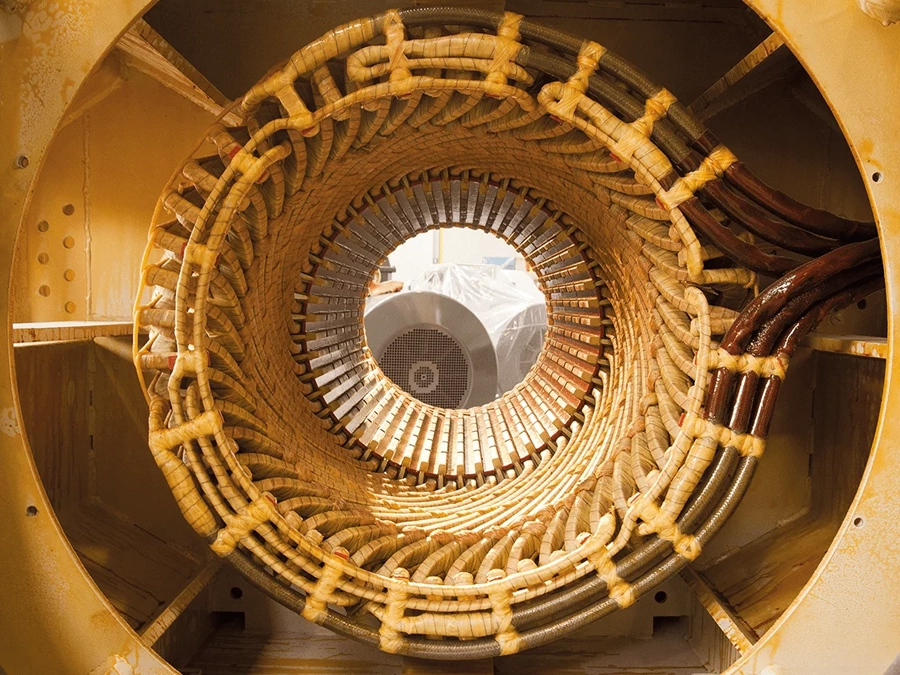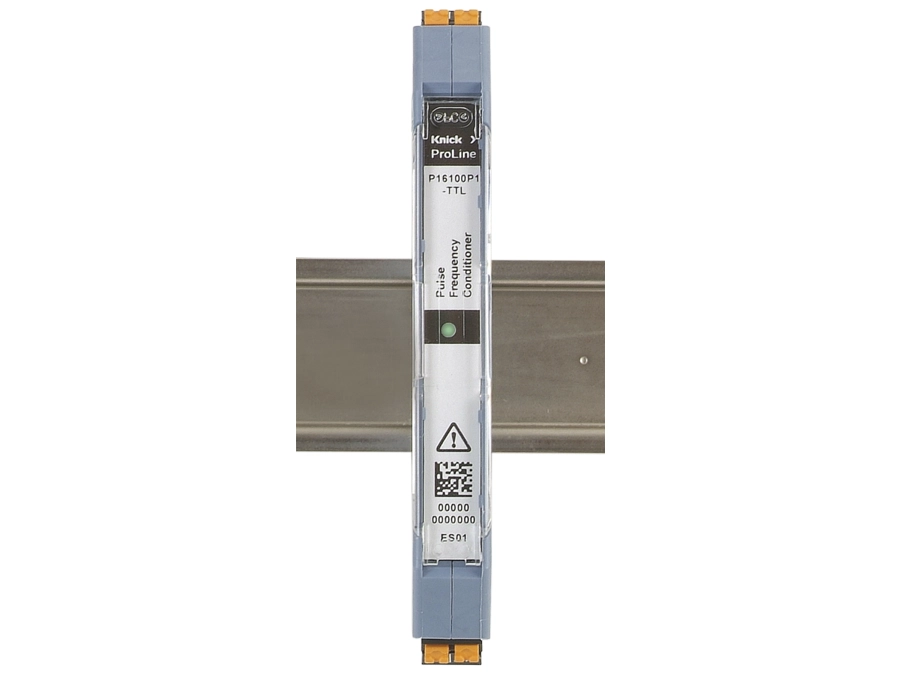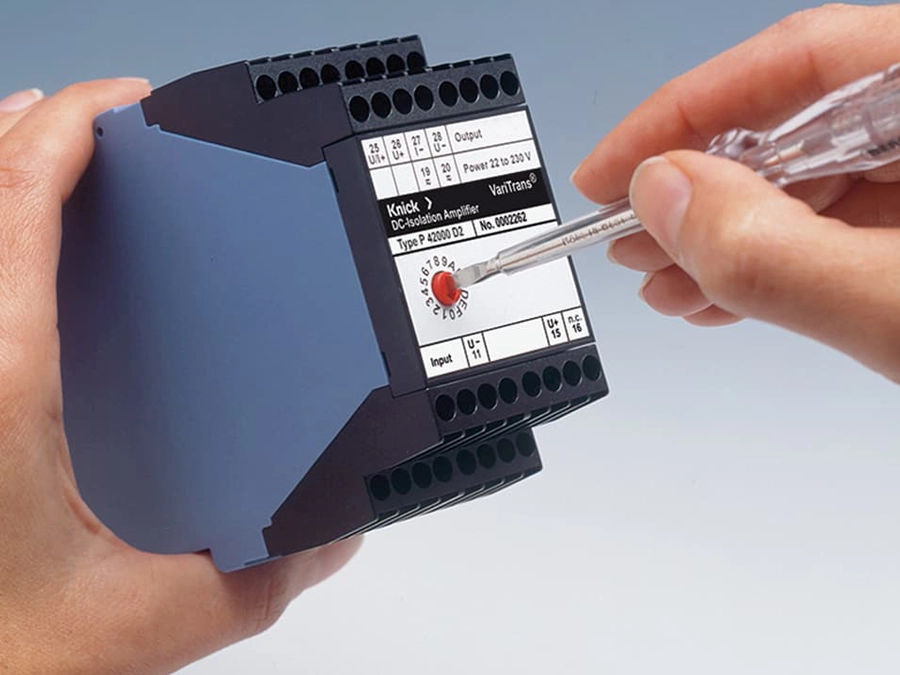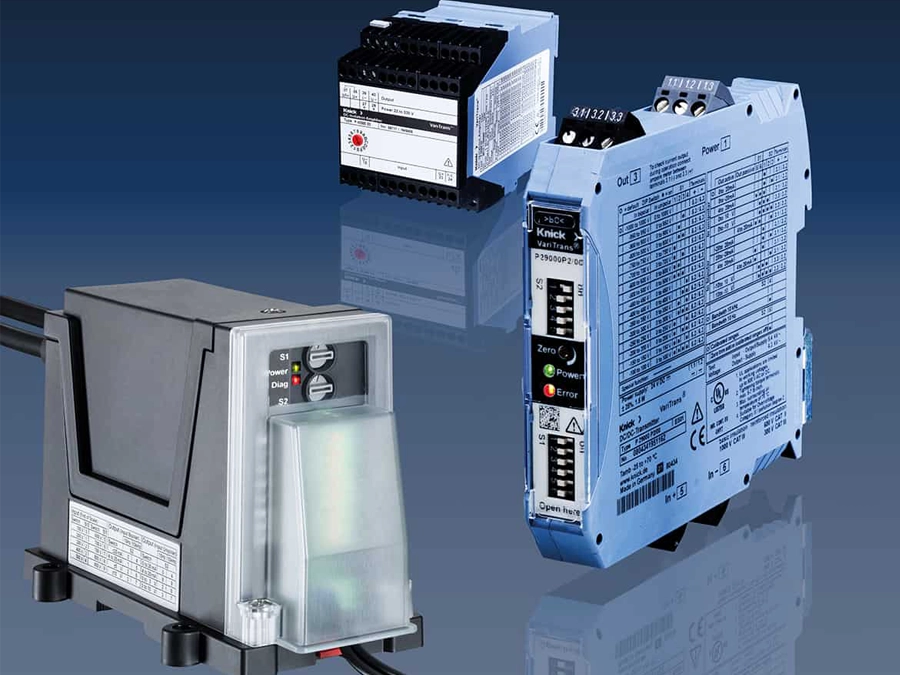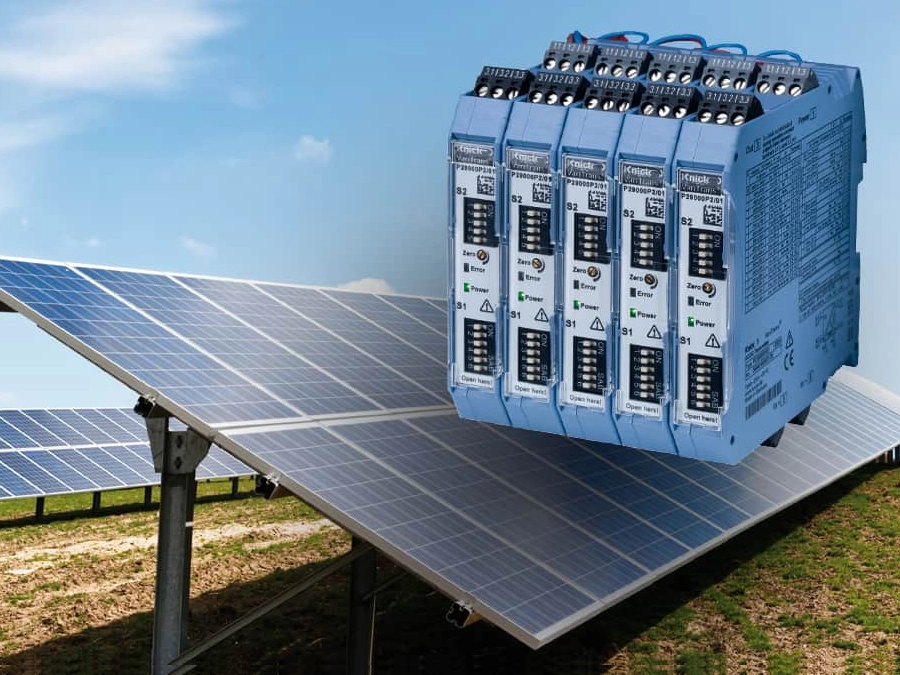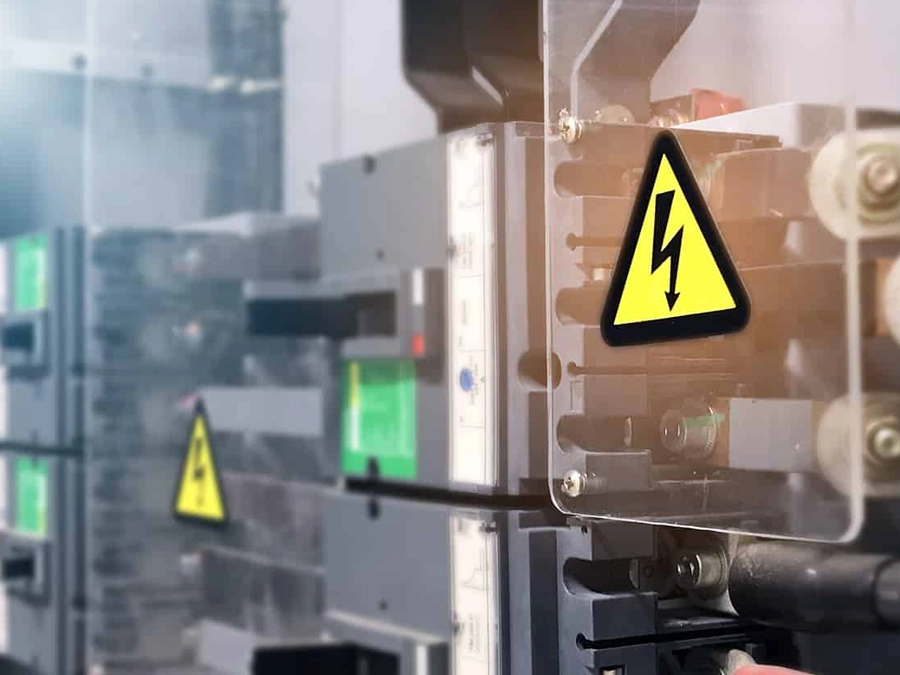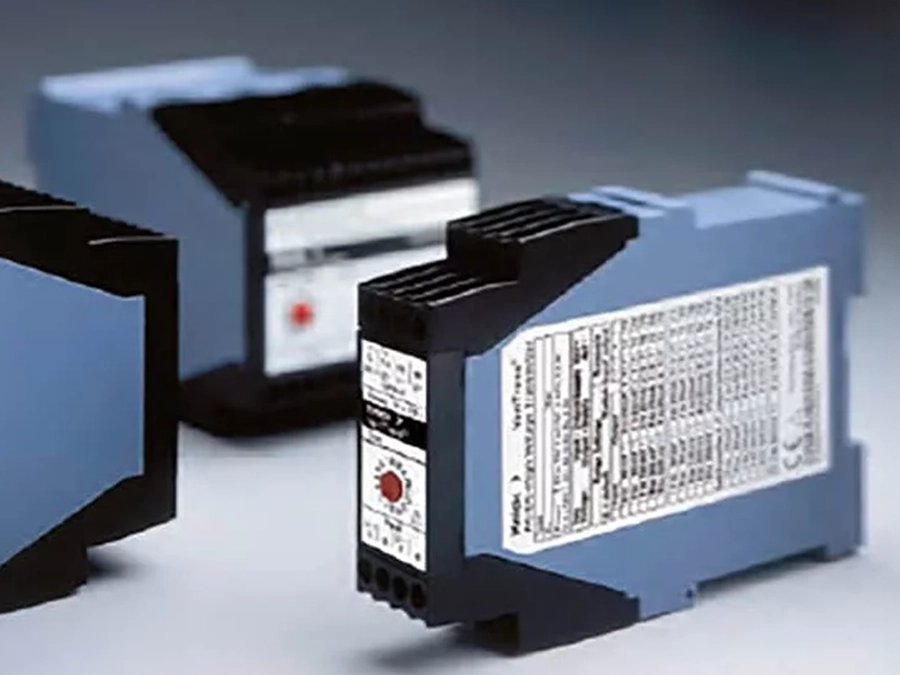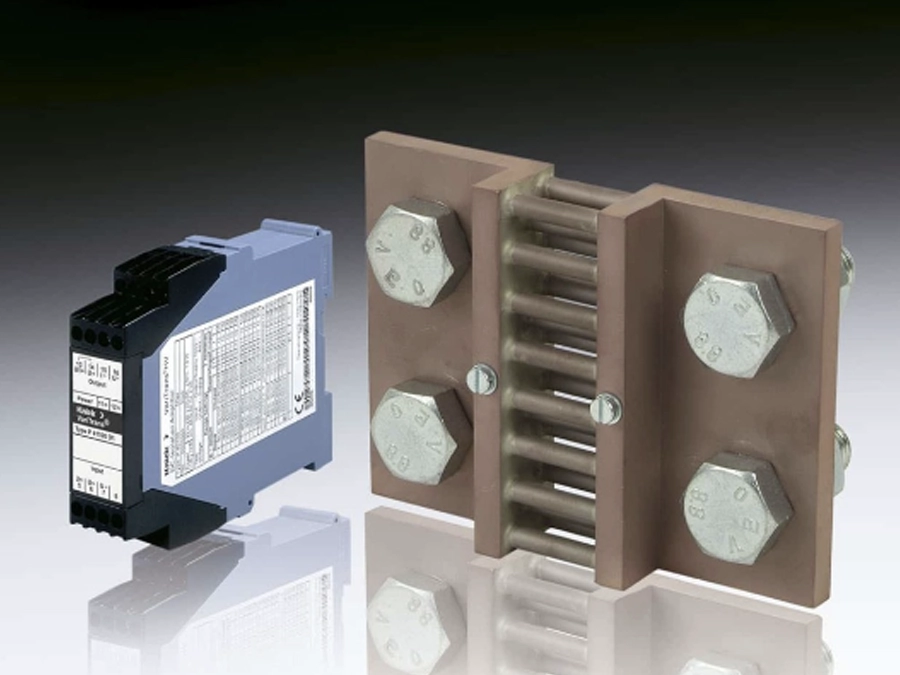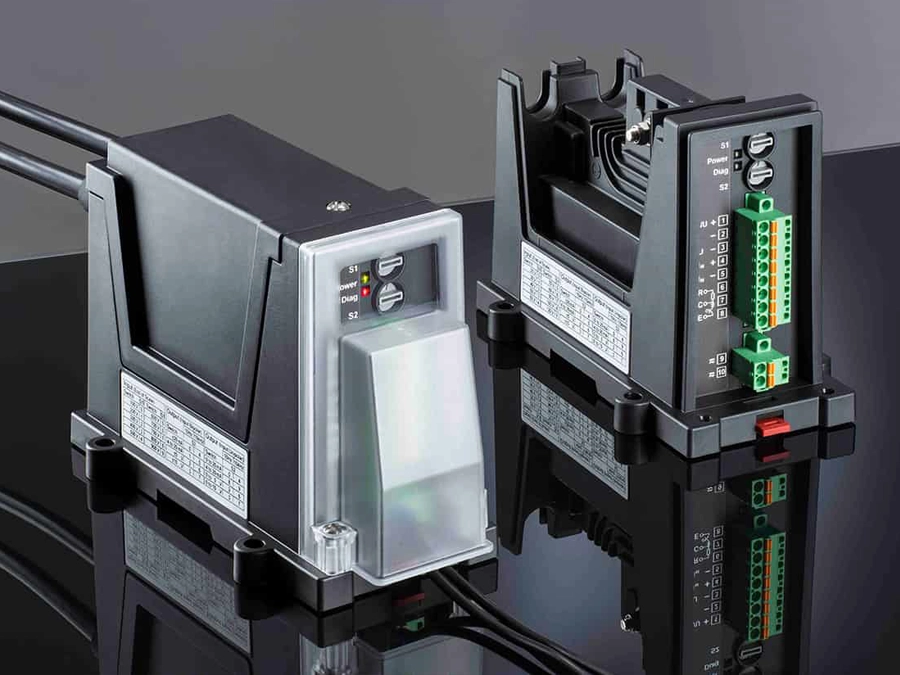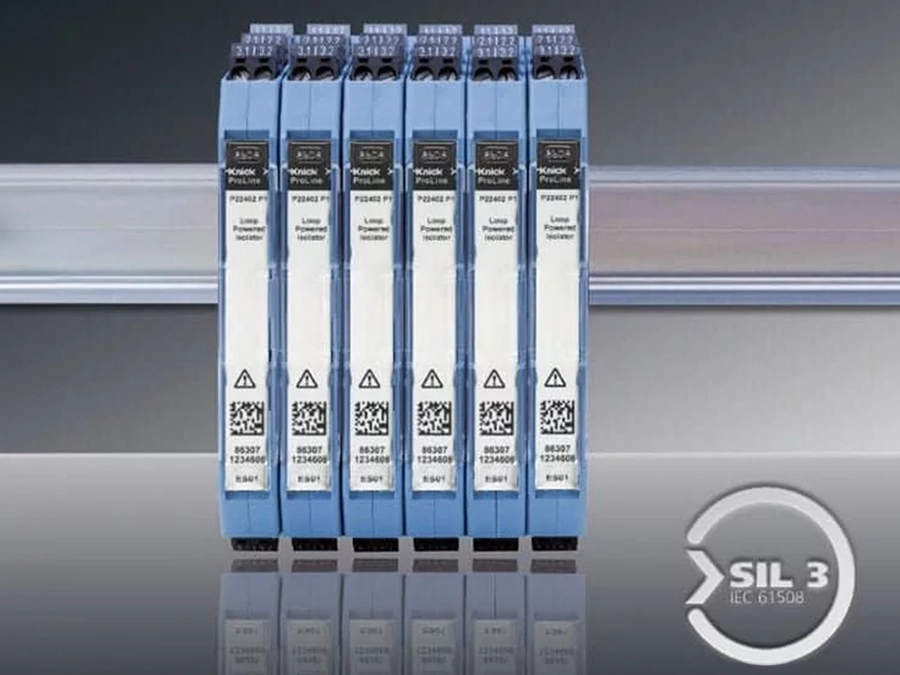Industry/Process/Application
Intro Text, Trend, Teaser
Fatti chiave dell'applicazione
Settore
Test in linea dei riscaldatori HV in base alle fasi di produzione
Applicazione
Verifica del funzionamento dell'elettronica di controllo.
Parametro misurato
Tensioni da 100 a 900 V CC e corrente corrispondente
Requisiti chiave
Vengono applicate tensioni fino a 900 V CC, a seconda del prodotto testato.
Le alte tensioni devono essere misurate in modo sicuro e accurato, durante i test di assemblaggio/in linea
Flessibilità nella selezione della tensione d'ingresso necessaria per le diverse configurazioni applicative

Conferma della funzionalità dell'elettronica di controllo
Descrizione dell'applicazione
Il processo di produzione degli HVH prevede numerose fasi, alcune delle quali sono manuali. Vengono eseguiti diversi test in linea, in base alle corrispondenti fasi di produzione. A seconda del tipo di riscaldatore, vengono applicate tensioni da 100 a 900 V CC direttamente sull'unità dello strato riscaldante. Allo stesso tempo, questa tensione e la corrente corrispondente vengono misurate per verificare il funzionamento dell'elettronica di controllo. Poiché esiste il rischio di scosse elettriche, durante questo test non è possibile eseguire alcun montaggio sul pezzo.
Requisiti dell'applicazione
Per ottenere risultati di prova affidabili, è importante utilizzare apparecchiature di misura precise e affidabili. L'uso di apparecchiature di laboratorio in un ambiente di produzione non è sempre pratico. Per questo motivo, per i banchi di prova di fine linea, oltre che per le fasi di ricerca e sviluppo, vengono utilizzati dispositivi di alta qualità collaudati in applicazioni industriali.
Perché Knick?
Il Knick P29000 è un trasduttore di tensione in grado di misurare in modo sicuro tensioni fino a 1000 V CC. La precisione è garantita da un errore di guadagno < 0,2% del valore misurato. La sicurezza è garantita dall'isolamento elettrico basato su un trasformatore a 3 canali a una tensione di lavoro di 1000 V CA/CC. Un'ulteriore sicurezza elettrica è dimostrata dalla tensione di prova del P29000, pari a 5,4 kV CA. La flessibilità è garantita dalla possibilità di selezionare gli intervalli di ingresso e di uscita tramite i dipswitch integrati.
Headline H2
Lorem ipsum dolor sit amet, consetetur sadipscing elitr, sed diam nonumy eirmod tempor invidunt ut labore et dolore magna aliquyam erat, sed diam voluptua. At vero eos et accusam et justo duo dolores et ea rebum. Stet clita kasd gubergren, no sea takimata sanctus est Lorem ipsum dolor sit amet. Lorem ipsum dolor sit amet, consetetur sadipscing elitr, sed diam nonumy eirmod tempor invidunt ut labore et dolore magna aliquyam erat, sed diam voluptua. At vero eos et accusam et justo duo dolores et ea rebum. Stet clita kasd gubergren, no sea takimata sanctus est Lorem ipsum dolor sit amet.
Headline H3
Lorem ipsum dolor sit amet, consetetur sadipscing elitr, sed diam nonumy eirmod tempor invidunt ut labore et dolore magna aliquyam erat, sed diam voluptua. At vero eos et accusam et justo duo dolores et ea rebum. Stet clita kasd gubergren, no sea takimata sanctus est Lorem ipsum dolor sit amet. Lorem ipsum dolor sit amet, consetetur sadipscing elitr, sed diam nonumy eirmod tempor invidunt ut labore et dolore magna aliquyam erat, sed diam voluptua. At vero eos et accusam et justo duo dolores et ea rebum. Stet clita kasd gubergren, no sea takimata sanctus est Lorem ipsum dolor sit amet.
Prodotti correlati
Industrie e applicazioni correlate
E-Mobilty Broschüre
Titel des Dokuments (de) Donec pede justo, fringilla vel, aliquet nec, vulputate eget, arcu. In enim justo, rhoncus ut, imperdiet a, venenatis vitae, justo

E-Mobilty Broschüre
Titel des Dokuments (de) Donec pede justo, fringilla vel, aliquet nec, vulputate eget, arcu. In enim justo, rhoncus ut, imperdiet a, venenatis vitae, justo













